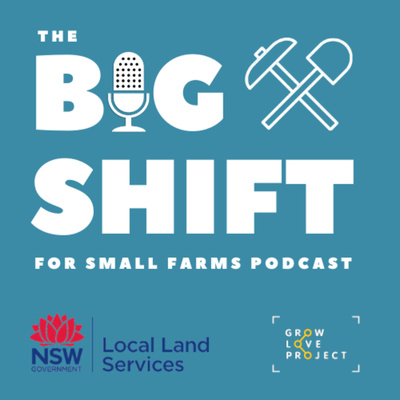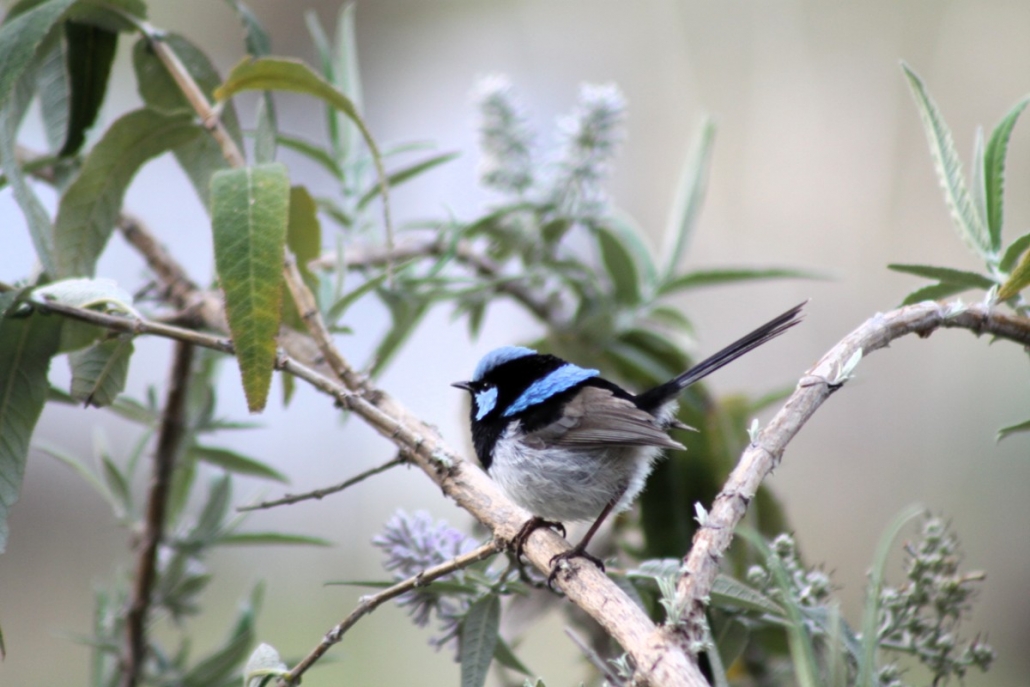New online tools for small scale growers and producers
On a per acre basis small farms can be some of the most productive agricultural holdings. But how do you make the most of your small farm and maximise the profit on what you produce?
Through funding from the Australian Government’s National Landcare Program, Greater Sydney Local Land Services have developed a series of online resources featuring a broad range of expert advice and information for small scale growers and producers.
Greater Sydney Land Services Manager Vanessa Keyzer said the resources formed part of a major project designed to help the growing number of small-scale farmers in the Sydney basin and other areas in NSW.
“It’s a trend we have been seeing for years now, as the population grows along with the urban sprawl a range of smaller scale producers have emerged in many forms from direct to market vegetable growers to mobile butchers with abattoirs on wheels,” she said.
“This is a tough time for our agricultural industry which has experienced severe drought, fires and floods. We want to do everything we can to ensure our farmers feel supported and still have access to expert advice, information and assistance.”
The “The Big Shift for Small Farms” podcast is a 10 part series produced by the Grow Love Project, dedicated to helping small scale farmers and covers a range of topics including holistic thinking, certification, farm resilience in a changing climate, compost, supply chain innovations mobile abattoirs, healthy soils, startup farming and urban farming.
“Each episode features a variety of farmers and industry experts with direct experience and real-life stories on the topic in question.” Ms Keyzer said.

The podcast can be downloaded from https://anchor.fm/the-big-shift or your usual provider.
The “From the Ground Up – marketing fundamentals” video series was also produced as part of the project. The 3 part series features expert tips and technical, practical advice on the fundamentals of marketing and how to develop a marketing strategy for your business. There is also a workbook you can download to help you develop your own comprehensive and targeted marketing plan.
The video series is available from https://www.lls.nsw.gov.au/regions/greater-sydney/key-projects/small-farms-network/from-the-ground-up-marketing-fundamentals-for-direct-to-market-producers
Ms Keyzer encouraged anyone interested in improving their smaller scale farming business, or those interested in starting one to take advantage of these new tools.
“You not only get direct access to a marketing expert, but you get to hear from farmers and key agricultural players across the state about their experiences and what they’ve learnt along the way,” she said.

